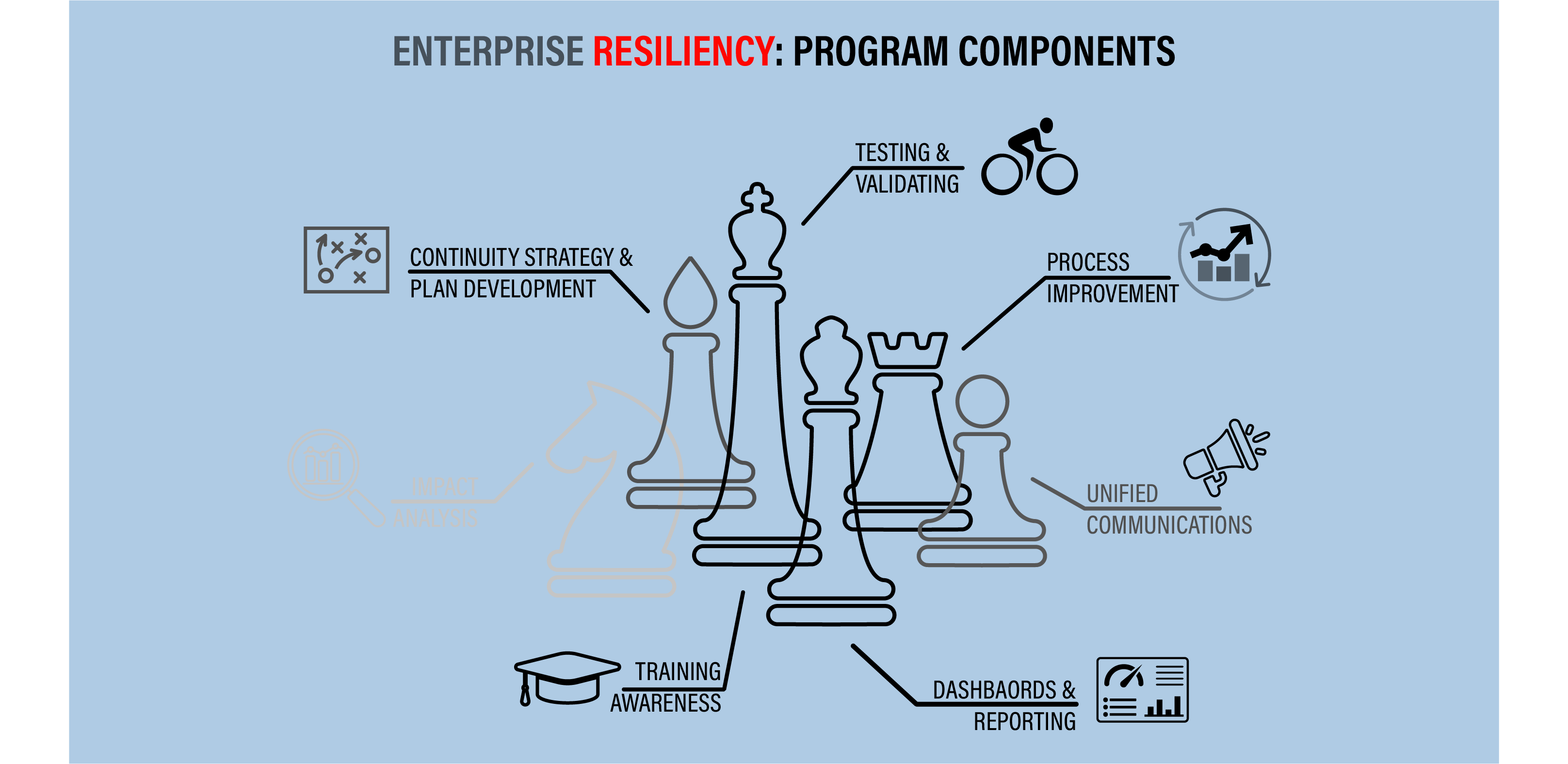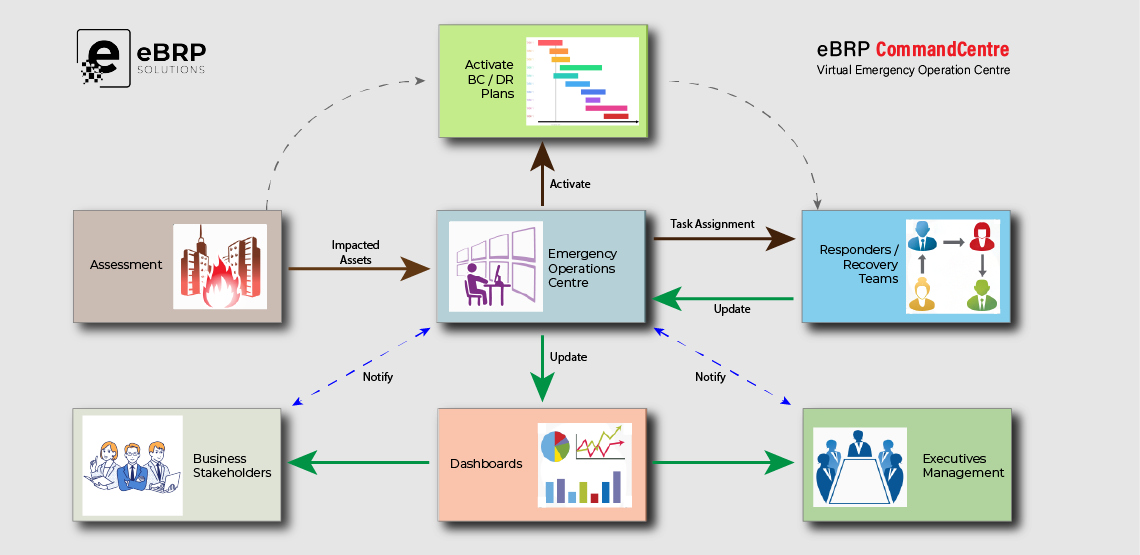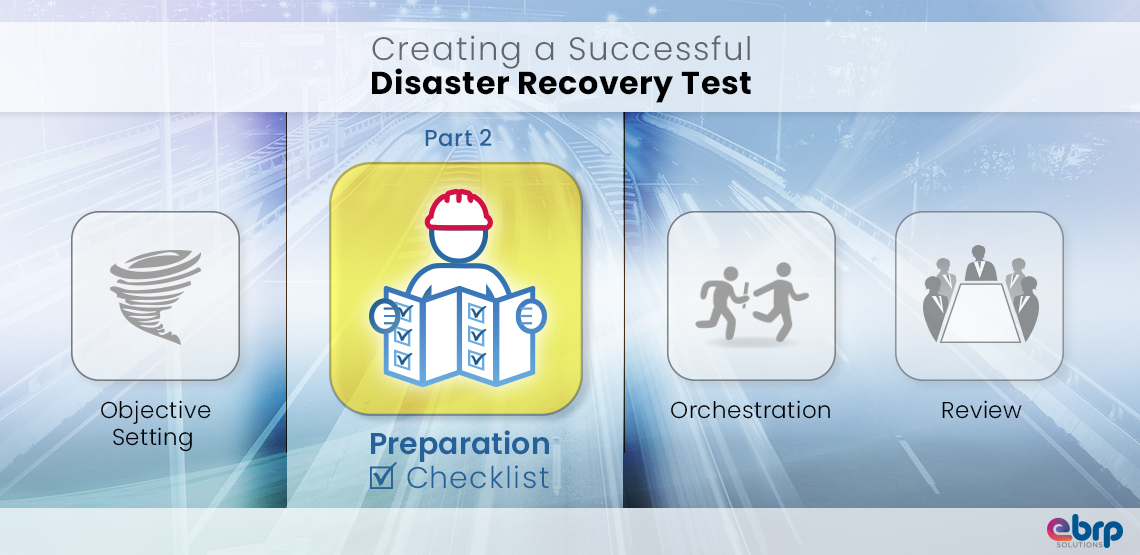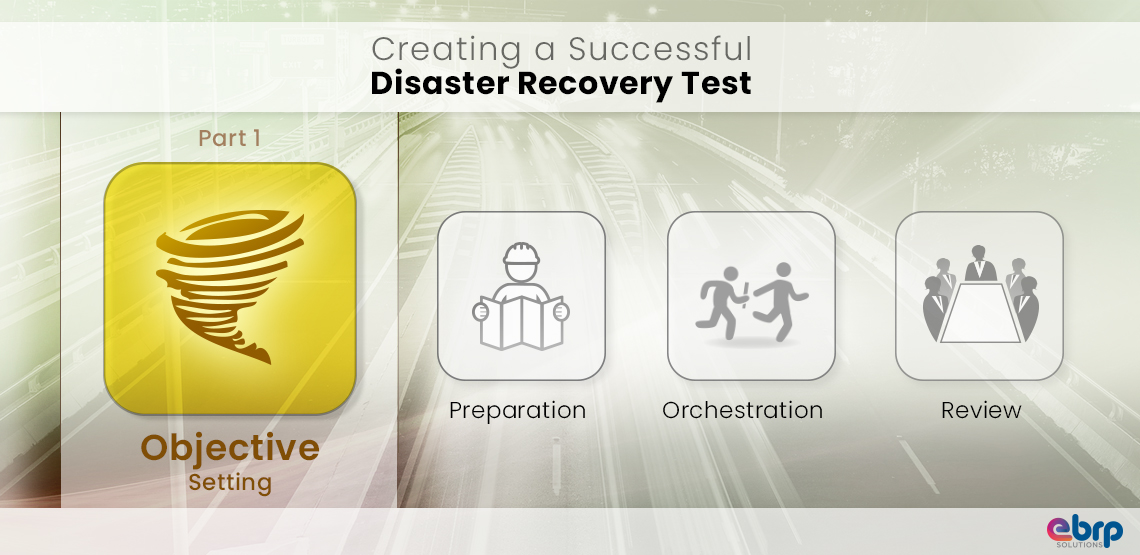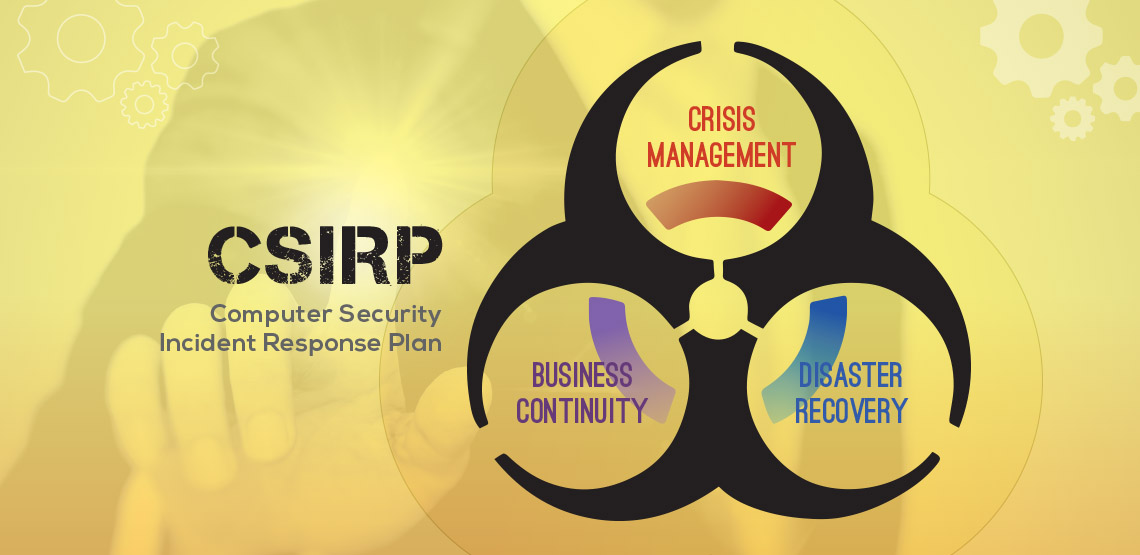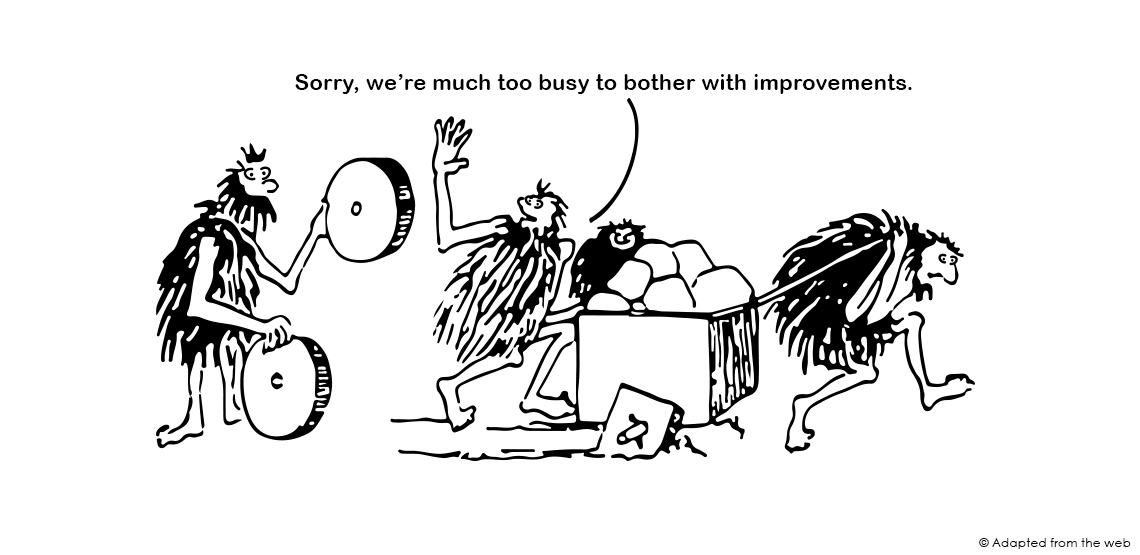This is the second in a series of articles focusing on tools and concepts to address the next generation of Business Continuity Management. BCM industry guidelines and ‘best practices’ continue to leverage what has worked in the past. These articles are intended to shift the focus from yesterday’s methods to tomorrow’s needs.
How many times has “How to Get the Support of the C-Suite” been a presentation topic at Business Continuity tradeshows, at conferences, in webinars, blogs and industry publications? If anyone actually knew the answer to that question it would have ceased to be a hot topic (or at least it should!).
While we may not possess the secret to finding champions on the Executive Management Team, we should all learn to understand their concerns – and frame our BCM objectives to address those concerns.
Disruptive Technology
Buggy whip makers worried about automobiles. Fax machine makers worried about email. MySpace worried about Facebook. Your C-Suite has its own concerns. Robotics, IoT, mobile, cloud, genomics, drones, 3D printing, energy storage; these are just a few rising innovations that pose the potential to disrupt any industry (and perhaps every industry).
While your BCM program is focusing on the nuts and bolts of current operations, be aware that your C-Suite may have its sights set higher – and that your efforts may appear smaller than they are in the review mirror of technological advancement.
Cyber Threats
Ah for the halcyon days when a hacker might vandalize your hard drive; when big cyber-crimes were largely confined to banks and phone companies. Today, it’s no longer a question of if your organization will be a target, but when. Denial of service, cyber-extortion (ransomware), phishing and data theft are increasingly common – and worrisome – threats today. Greater emphasis on Information Security drains budgets from other risk management areas – including BCM. Establishing a link between BCM and response to Cyber Security can increase BCM’s visibility and support.
Physical Security
Gone are the days when an unarmed security guard at the front desk was all the physical security a contentious company ever implemented. Today it’s not just about securing building entrances. Physical security is more expansive than the typical “loss of building” scenario many BCM Plans address. BCM professionals must be aware of impacts to critical infrastructure outside their own walls. Disruption of the electric grid, fuel and water supplies, sewage systems, transportation means (including highways, key bridges, rail lines and airports) and communications methods can all negatively impact an organization – sometimes in unexpected (and long-lasting) ways. Add concerns about terrorism, domestic violence and “active shooters” and it’s understandable that your C-Suite would have concerns.
Supply Chain Disruption
Once upon a time, supply chains were something only sophisticated manufacturers considered. Today most management executives understand that their business – regardless of industry – has a supply chain, and may be part of its customers’ supply chains. Supply chains are generally outside of your organization’s direct control. Lack of control creates risks. Witness the pain suffered by auto manufacturers when a issues at suppliers of resins (for GM brake lines), pigments (for Ford paints) and specialty steel (for Toyota chassis) disrupted assembly lines world-wide – just within the past four years.
BCM can play a role in tracking and mitigating supply chain risks – but must first gain an understanding of those risks from the sources that monitor them.
If your BCM program needs greater support from your C-Suite, try empathizing with their concerns (it’s not only about cash flow). Gearing your pitch toward addressing their operational concerns can pay dividends, if you know where to focus.



